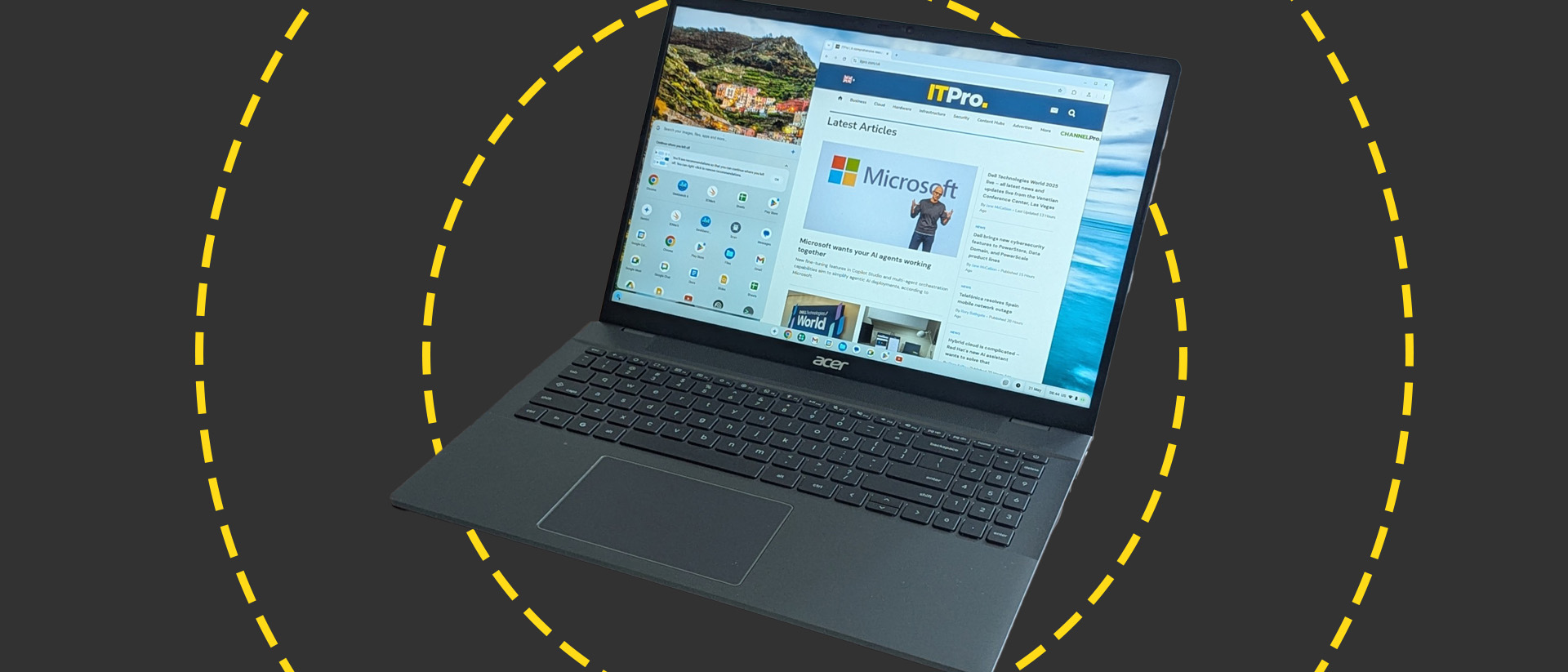Lyft fined $2.1 million for misleading ads about how much drivers could make
/cdn.vox-cdn.com/uploads/chorus_asset/file/25700404/1458958766.jpg)
The Federal Trade Commission (FTC) announced Friday that rideshare company Lyft has agreed to pay $2.1 million as part of a proposed settlement that requires it to change how it advertises driver pay.
The company routinely advertised that drivers could make “specific hourly amounts” — in one instance, claiming earnings of “up to $33” per hour for driving in Atlanta — that were based not on an average, but on what the top fifth of drivers made, according to the Commission. The company also apparently included tips in those figures.
Such moves “overinflated the actual earnings achieved by most drivers by as much as 30%,” writes the FTC, which says the company now must base potential pay claims on what drivers typically make, instead. And those amounts can no longer factor in tips as part of stated hourly pay.
“It is illegal to lure workers with misleading claims about how much they will earn on the job,” said FTC Chair Lina M. Khan. “The FTC will keep using all its tools to hold businesses accountable when they violate the law and exploit American workers.”
The FTC included examples of Lyft’s offending ads in its complaint, such as those below.
Screenshots: United States of America v. Lyft, Inc. proposed order
Screenshots: United States of America v. Lyft, Inc. proposed order
Lyft also apparently promoted earnings guarantees, such as one promising $975 for completing 45 rides in a weekend. But those also misled drivers, who thought they’d be getting the amount as a bonus on top of what they earned, when the offer was actually a conditional minimum pay guarantee for doing a set number of rides, according to the FTC. The company is now required to make that fact clear.
Here is the proposed order:
In a statement on its website, Lyft highlights changes it has made recently to tell drivers how much they can earn and says it is “committed to following the FTC’s best practices” when communicating such details.
Source link










